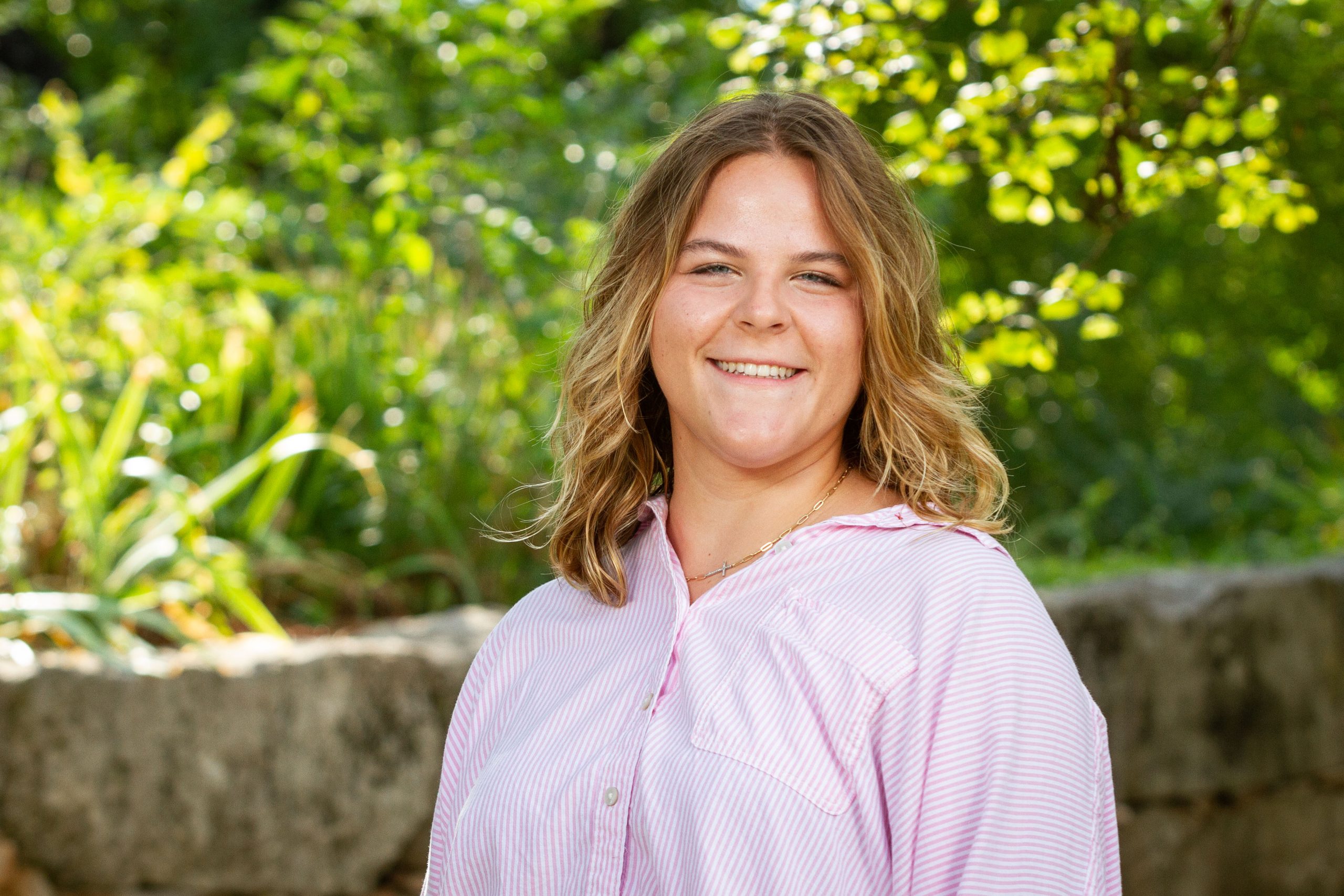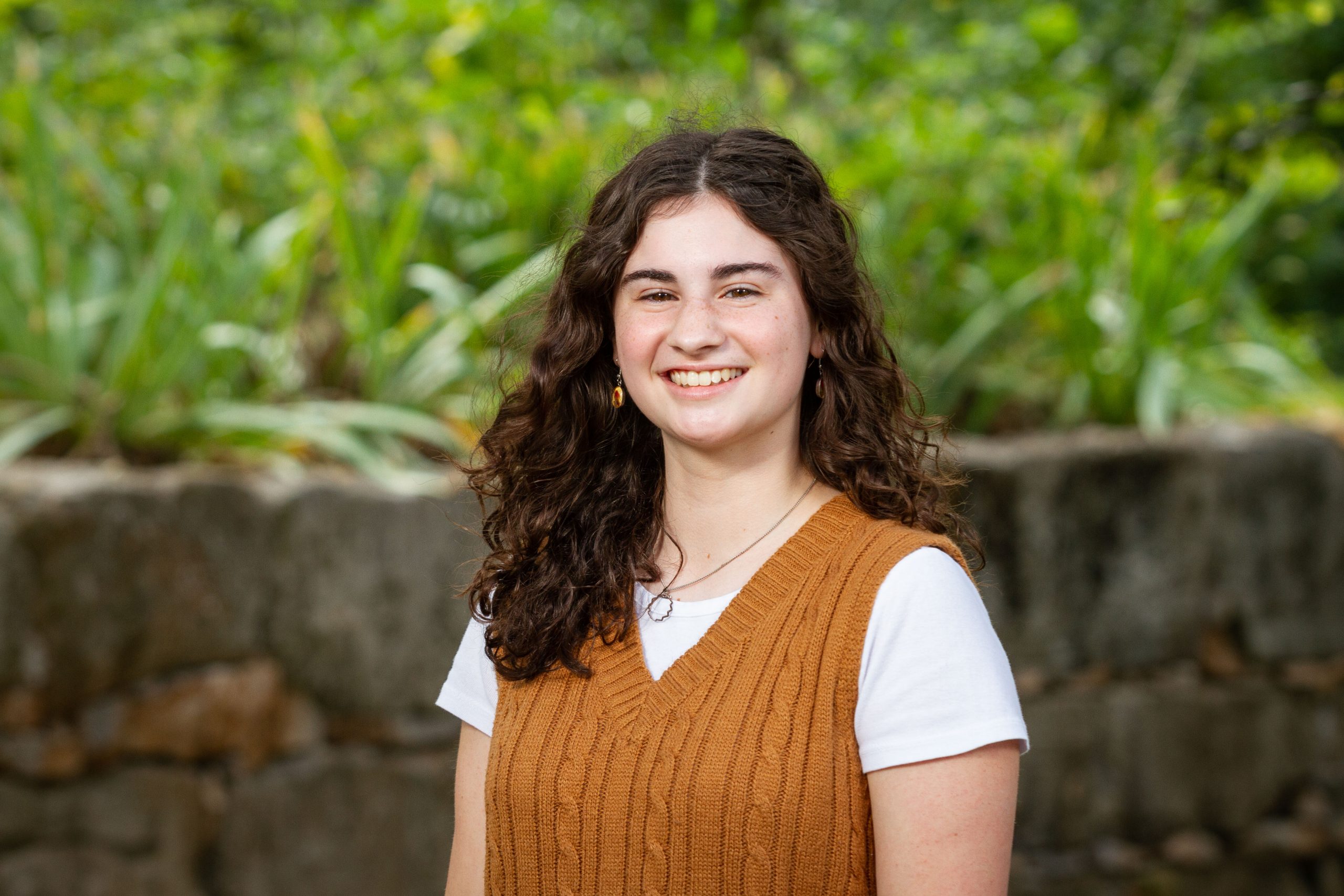Academy Alumni Receive Prestigious Astronomy Awards for Research Projects
January 31, 2012 | Academics, Alumni, News, People, Research, WKU | No Comments
[fblike]
Two students in WKU’s Department of Physics and Astronomy received prestigious awards recently at the American Astronomical Society’s 219thsemiannual meeting in Austin, Texas.
Aaron C. Bell of Scottsville and Andrew Gott of Elizabethtown received Chambliss Astronomy Achievement Student Awards for their poster presentations at the conference. Often called the Super Bowl of Astronomy, the AAS winter meeting Jan. 8-12 attracted more than 2,700 astrophysicists, educators, students and journalists.
Dr. Louis Strolger, associate professor and Gott’s advisor, said several hundred undergraduate posters are presented at the conference and fewer than 10 Chambliss medals are awarded with the majority going to students from research universities.
Of the seven medals awarded this year, three went to students from Harvard University and two went to WKU, he said. WKU’s Kyle Cook, now a graduate student at Texas A&M, won a Chambliss medal in 2010.
“It is rare for an institution our size to garner one of these prestigious awards, let alone two in one year and three Chambliss awards in the past two years,” said Dr. Steven Gibson, assistant professor and Bell’s advisor.
Bell and Gott said the Chambliss awards validate the quality of WKU’s faculty and students and the high caliber research under way in the department. “These awards bring prestige to WKU and let everyone know that we do have an excellent Department of Physics and Astronomy,” Bell said.
Bell worked with Dr. Gibson on a project titled Dust Infrared Emission in an H2-Forming, Perseus-Arm Cloud. Bell’s interstellar research has focused on the formation of dense clouds of molecular gas that can collapse under their own gravity. Using infrared data from the Spitzer Space Telescope, Bell is examining how small dust particles aid the condensation of molecular hydrogen from less dense atomic gas. This transition is vital to the ongoing formation of new stars and planets in our own galaxy and many others.
Gott worked with Dr. Strolger on a project titled UBVRI Optical Monitoring of Supernova 2011fe in the Pinwheel Galaxy with the 1.3-meter Robotically Controlled Telescope. Gott has been examining data from an exploding star that has been one of the most important supernovae in recent history. Measuring its brightness over time will provide vital information about more distant supernovae being used to measure the expansion history of the universe — the subject of the recent Nobel Prize in physics, in which Dr. Strolger played a role.
Bell and Gott, both seniors and graduates of the Gatton Academy of Mathematics and Science in Kentucky, plan to continue their research at graduate school. And both encourage other students to take advantage of the undergraduate research opportunities in their department and across the WKU campus.
“Students should know that if they’re interested in research, then approach your professors about it because there’s a strong chance they’ll get to work with them on a project,” Bell said.
Two other WKU students also had research presented at the AAS conference.
Jonathan Newton, a senior from Nicholasville, presented a poster onCandidate Sites for Cold H2 Formation in Cold HI Emission and Other Tracers. He has been using a survey with the Arecibo radio telescope in Puerto Rico (where he was a summer intern last year) to look for clouds of cold gas that are becoming denser and colder in preparation for forming new stars.
Research by Rebecca Brown, a Gatton Academy student from Nelson County, was featured in a poster titled Observations of 4 Blazars with the Robotically Controlled Telescope in 2011.
Contact: Steven Gibson, (270) 745-3019; or Louis Strolger, (270) 745-6204.


